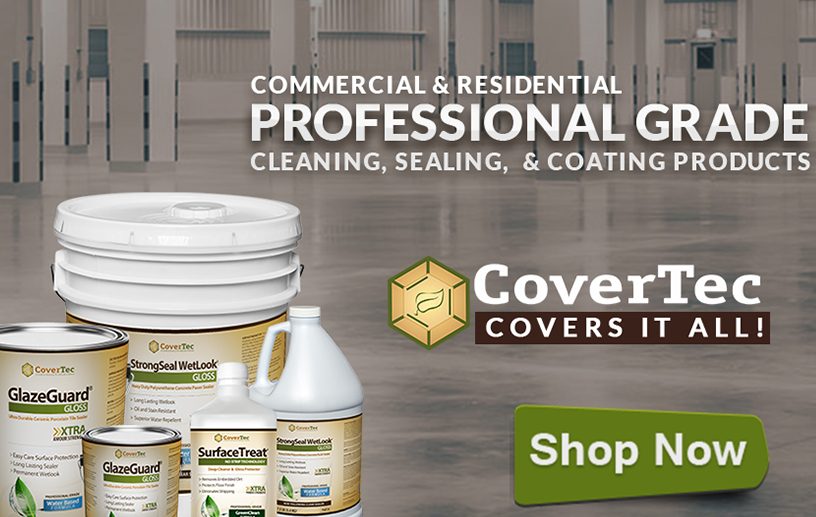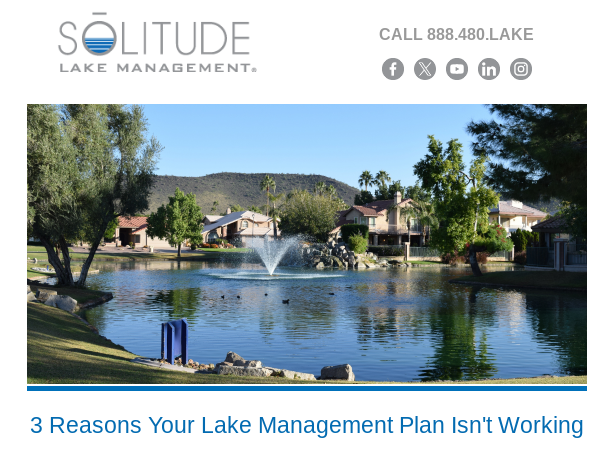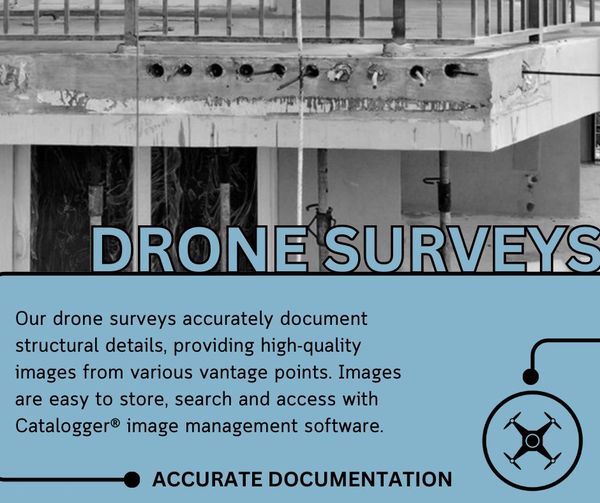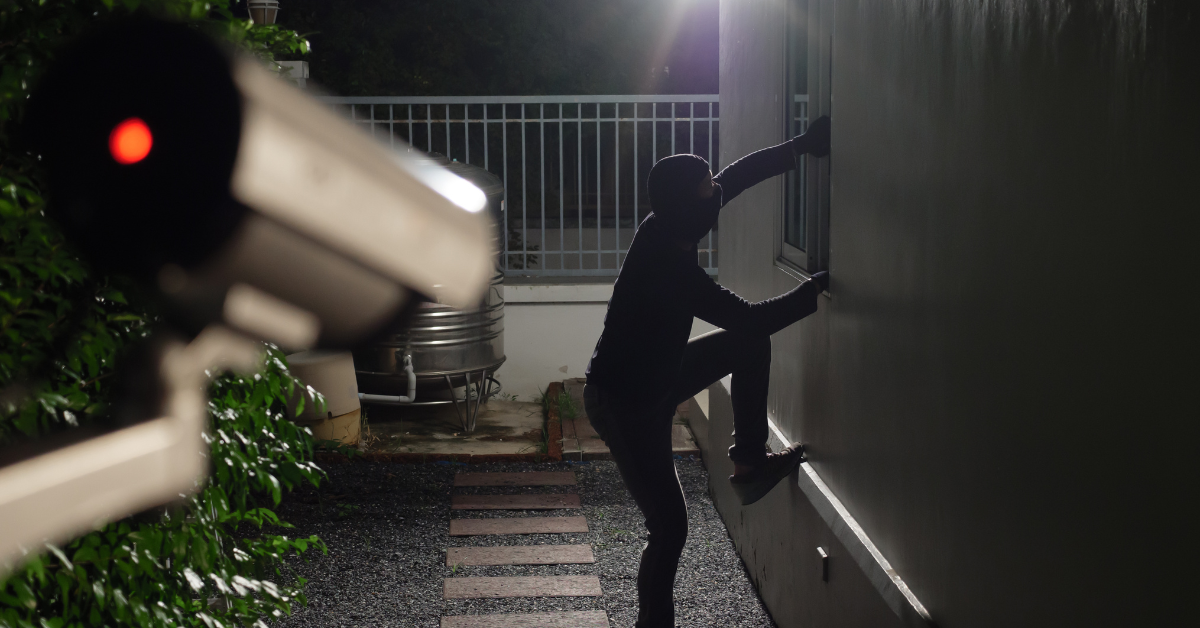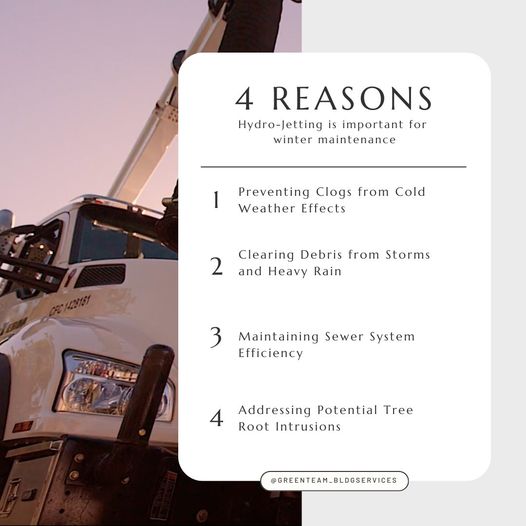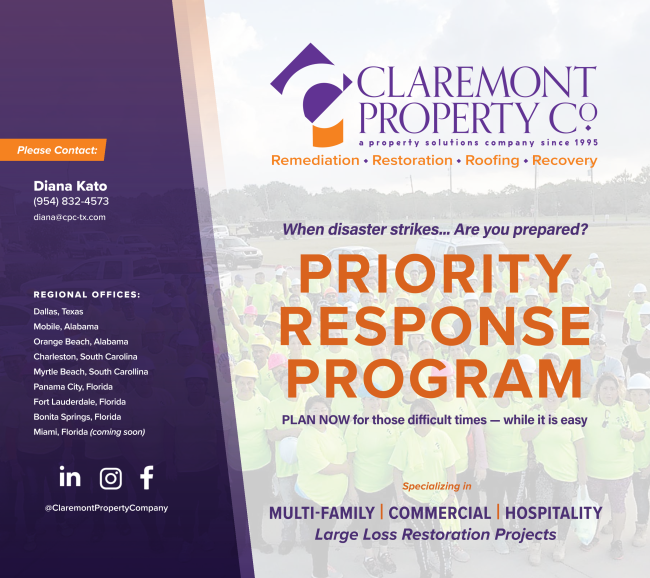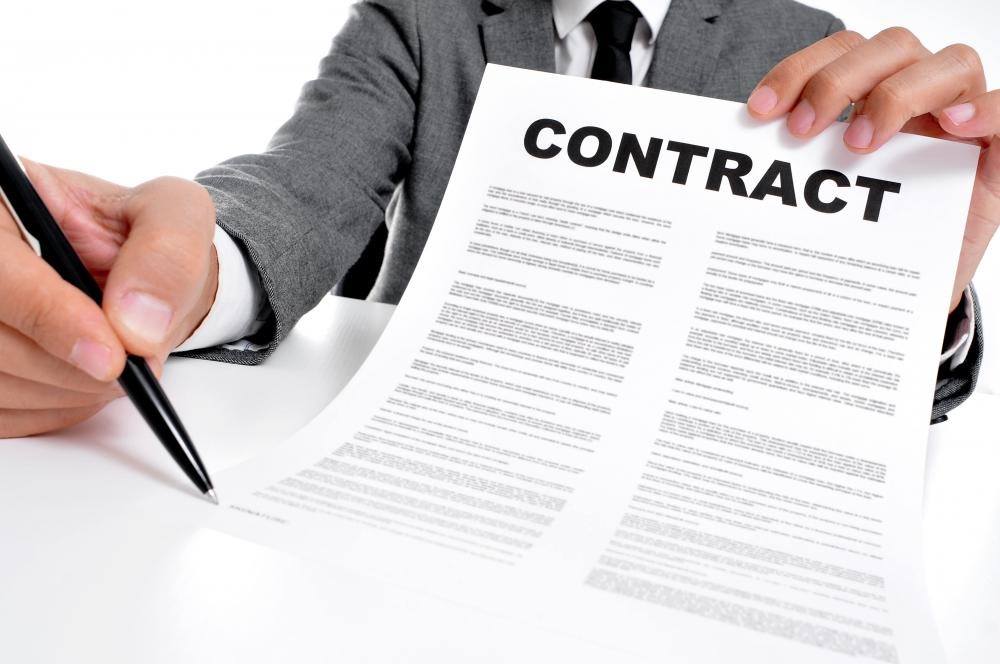Our national team recently completed this striping and sealcoating job in Weston, FL!
Do you have properties across the nation? Contact ASP, we will assign an account manager for all of your properties and handle it from there.
Join us Wednesday at the Palm Beach Condo & HOA Expo!
Make sure to stop by booth 332 and meet a few of our local account managers 
PARKING LOT &
PAVEMENT MANAGEMENT SOLUTIONS
- HOA
- MULTIFAMILY
- UNIVERSITIES/SCHOOLS
- COMMERCIAL REAL ESTATE
- MUNICIPALITIES
- INDUSTRIALDo you have questions about asphalt sealing in West Palm Beach? The best way to protect asphalt surfaces is to sealcoat asphalt parking lots. If you are looking for the most trustworthy Asphalt Sealcoating Palm Beach Gardens company look no further than Atlantic Southern Paving!Asphalt is durable and flexible, but it can also deteriorate. It is possible to double the lifespan of asphalt by applying asphalt sealcoating. This protects the asphalt from future damage.
Continue reading to learn about the environmental factors that can cause asphalt surfaces to deteriorate. To schedule a free assessment and request a quote from one of the best paving companies West Palm Beach, please call Atlantic Southern Paving and Sealcoating.
Asphalt Oxidation and The Sun
Sealcoating asphalt in West Palm Beach homes is a great way to protect your property from oxidation and ultraviolet rays. Asphalt starts to deteriorate at a microscopic level as soon as it is installed.
The asphalt’s binders begin to harden when it is exposed to oxygen. The asphalt surface can crack and become brittle from the continued hardening. Rainwater, moisture, and oxygen can penetrate pavement surfaces even if they have the smallest cracks.
The asphalt subbase can be affected by water and moisture. This can cause it to weaken and lose its strength. Sealcoating is very helpful as it protects the surface against oxidation and fills surface voids.
How water damages asphalt
The asphalt sealcoating of parking lots and driving surfaces allows them to resist water and prevent it from contacting the asphalt surface. Water can seep through asphalt, particularly when it is heavy rain.
Water can cause sub-base to become softened if it collects. Soft subbases can cause potholes or expensive repairs. Sealcoating asphalt surfaces create a protective layer that repels water. Sealcoating asphalt surfaces can help you save significant money on future repairs.
Oil and Gas Spills
Parking lots and asphalt surfaces must withstand harmful car chemicals like oil and gas. Particularly vulnerable to chemicals from automobiles are parking spaces.
The asphalt can soften if it is contaminated with gasoline or automobile oil. Oil or gasoline can penetrate asphalt pavement and cause sub base to degrade.
Asphalt sealcoating is made up of additives that protect asphalt from chemicals used in automobiles. You can also fill surface voids to reduce the depth of oil and gas that can penetrate asphalt.
Professional Asphalt Sealcoating In West Palm Beach
It is important to find a reliable and experienced contractor to sealcoat your West Palm Beach property. Atlantic Southern Paving and Sealcoating provides asphalt maintenance and construction services for more than two decades.
Every job we do is completed with customer satisfaction in mind. Atlantic Southern Paving can be reached at 954-518 4315 to speak with an expert about sealing asphalt surfaces. Ask for a free estimate on sealing your property.
Asphalt Sealcoating Palm Beach Gardens
Tags: Asphalt and BlackTop Articles, Board of Directors, Management News, SFPMA Marketing / Social Media


